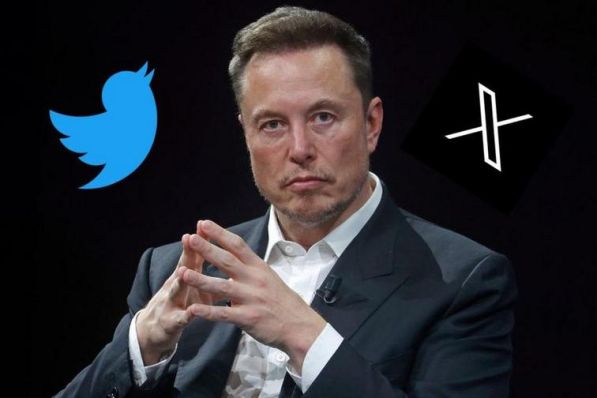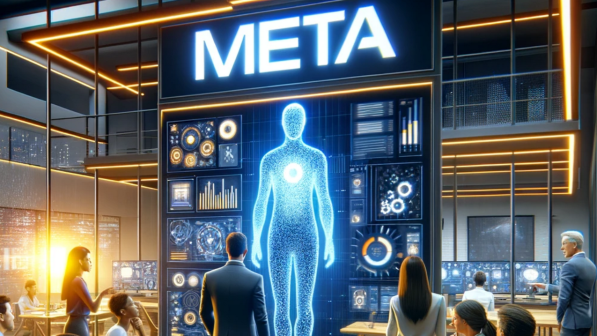This new initiative addresses the weaknesses in decentralized finance, which unlocks the potential of Bitcoin liquidity for DeFi projects. Bitcoin (BTC), the original and most valuable cryptocurrency, continues to dominate the crypto market, experiencing both gains and losses. Although numerous projects have emerged in the crypto space, none can match Satoshi Nakamoto’s brainchild in terms of financial transactions.
The unique UTXO model employed by the Bitcoin blockchain allows BTC to function similarly to physical currency, providing better security and stability as a peer-to-peer currency, especially when compared to the bank-account-like model used by Ethereum-based DeFi solutions. Bitcoin offers significant liquidity as the trailblazing cryptocurrency, but Ethereum-based DeFi solutions are yet to create a safe and effective method to harness its potential.
With the Taproot upgrade, smart contracts became possible on the Bitcoin base layer, which allowed DeFi to access Bitcoin for the first time. Unfortunately, this resulted in people overloading the base layer with various digital assets, clogging up the system with unnecessary data.
This could have made the creator of Bitcoin, Satoshi Nakamoto, unhappy. Therefore, there is a need for a layer-2 DeFi ecosystem for Bitcoin, which would expand its usage without putting additional pressure on the base layer.
This is where Mintlayer comes in. It is a solution that operates on the established network of the Bitcoin blockchain, similar to how the Lightning Network resolved Bitcoin payments at scale. Mintlayer intends to bring decentralized finance to Bitcoin’s toolkit without compromising the principles of the Bitcoin community.
Last year’s DeFi hacks and exploits demonstrated that attempting to use Bitcoin in a non-native blockchain through wrapped tokens or cross-chain bridges was a poor decision. The numerous attacks and loss of over $2.5 billion in user funds illustrated that the danger of becoming a target for attacks was too great for any token bridges to be reliable.
Conversely, Mintlayer employs atomic swaps to facilitate a direct transaction from native Bitcoin to tokens on the Mintlayer blockchain, eliminating the need for wrapped tokens or token bridges. As a result, Bitcoin owners can experiment with various DeFi use cases using their BTC.
Mintlayer focused on making it easy for people to use their protocol by creating a mobile wallet, and a browser extension, and integrating with Lightning Network in 2022. They plan to have their mainnet ready in the third quarter of 2023 after launching their native token ML. Mintlayer wants to create a protocol that enables Bitcoin users to build applications with minimal obstacles and utilize platforms built by others.
Additionally, they established the Mintlayer ecosystem fund to support the growth of a Bitcoin-centered DeFi ecosystem. The fund offers grants to projects that bring value to the ecosystem and helps startups find blockchain investors and like-minded stakeholders to advance the industry.
Related Posts





